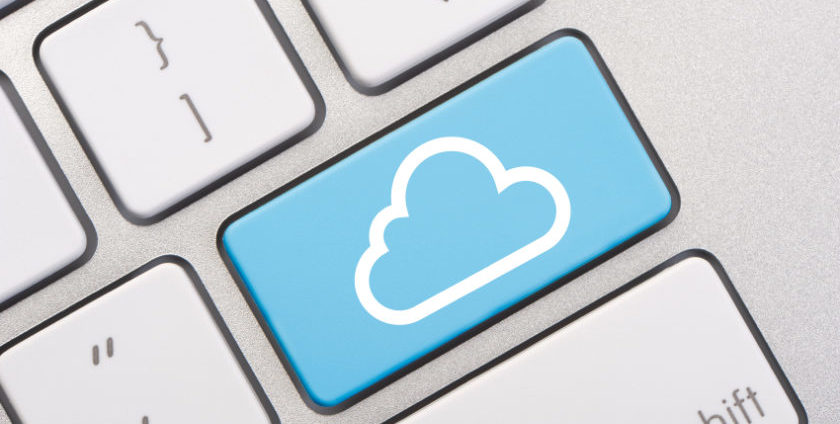M+E Daily

Microsoft Exec: Azure’s Uniqueness Helped Company Transform
Story Highlights
The ability to differentiate Microsoft Azure from rival cloud computing services played a key role in Microsoft’s ability to transition from being a client server company in the PC era to a successful brand in the cloud, according to Chris Capossela, Microsoft CMO and EVP.
“It’s a journey,” he said Nov. 13 at the UBS Global Technology Conference in San Francisco. “Every day we’re trying to make progress and there’s a lot more room to go,” he conceded, after UBS analyst Jennifer Lowe said Microsoft rivals tended to struggle while trying to make the same transition to the cloud.
“I think there’s a couple of things that have helped us transition from the sort of old Microsoft to the new,” Capossela said, adding: “One is certainly product.” On that front, having a “cloud platform that does things the other major cloud platforms don’t do obviously helps tremendously because when customers see what they can do [with], in our case, the hybrid cloud, [it] is really an incredible structural advantage that we have and it’s true differentiation for us,” he said.
It’s “relatively easy” to tell “a differentiated story” on the marketing front, he noted, adding that when customers “can say ‘wow, Azure can really do things that others can’t,’ then that helps tremendously and changes peoples’ perceptions of the company.”
Shifting Microsoft Office from a licensing, device-based business to a “cloud subscription that we update monthly… changes peoples’ perceptions” also, he went on to say, pointing out that more than 50% of Office revenue is now done as a subscription product.
“Now, we are driven by consumption” instead of licensing at Microsoft, he said, explaining that the more a customer uses Azure services, “the more they pay,” so “they’re only going to use our stuff if they like what it does for them.”
The way Microsoft designed the subscription-based Azure business model was “based on customer satisfaction with the product and with Microsoft being a good partner to the company,” he said, adding: “The only way we succeed is when our customers succeed, and that’s just simply not true at some of our biggest cloud competitors and I think customers really value that … . We feel more like a partner to our customers and less like a licensing machine.”
But he told attendees: “I still do love spending marketing [dollars] on perception. It is important, I think, to tell the world that you’re going to be a leader in” artificial intelligence (AI) and the cloud.
Microsoft must be perceived as an innovative and trustworthy company by its customers because, if it’s not, “that spells problems for us long-term, and so, I have to constantly balance performance-based marketing … with perception-based marketing to make sure people understand some of the new innovations that we have and what we’re doing around trust and privacy,” he explained.
About 40% of virtual machines created on Azure, meanwhile, are Linux and about 50% of the Azure workloads are open source now, he went on to say. Therefore, although it’s admittedly taken a while, “Azure has become a cloud for open source developers,” he said.
Separately, Microsoft and Nielsen released details Nov. 13 about a new enterprise data solution that the companies said “democratizes one of the largest consumer data sets in the world” and was “brought to life through Nielsen Connect, powered by Microsoft Azure.”
Via advanced analytics and AI services built on Azure, Nielsen Connect is “helping companies integrate data assets to more easily spot emerging trends, diagnose performance gaps, and act faster on opportunities to grow,” the companies said in a news release. Most notably, the platform “enables clients to use their data as an enterprise asset across all parts of their organization,” the companies said.
The joint Microsoft and Nielsen solution went live and “will serve as a one-stop-shop in creating scalable, high-performance data environments that enable greater real-time collaboration for faster results,” they said. Through this strategic alliance, the companies “will continue to work toward a mutual vision of an open and connected data universe, empowering a new generation of solutions” for the fast-moving consumer goods retail marketplace, they said.









